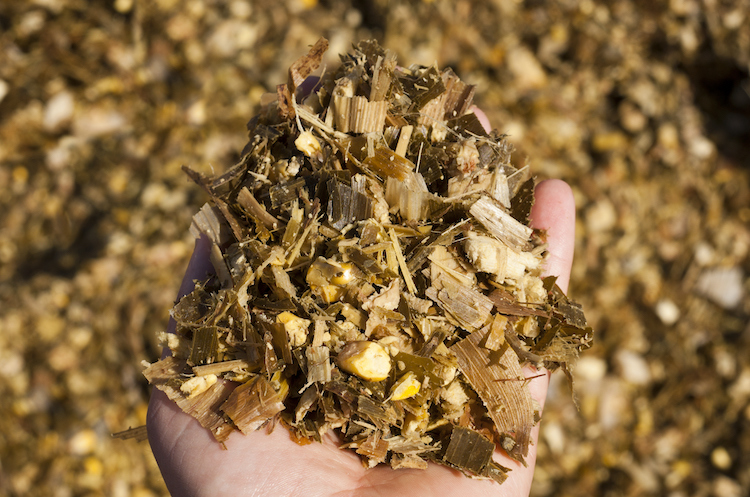
In the early 1970s, Neil Jorgenson and James Crowley published a table that represented the relationship between bushels of dry grain equivalent per ton of silage with yield of corn grain bushels per acre. This table uses a grain corn moisture set at 15.5% and a corn silage set at 65%. In 2016, Lauer updated the table to account for higher-yielding corn. With these updates, at a 200 bushel per acre grain yield, the grain equivalent is around 8.2 bushels of grain per ton of silage (bu/T). Many corn silage contracts are written using the corn grain equivalent levels represented in this standard table and commonly set at the 8.2 bu/T level.
This year, many parts of the U.S. have been affected by abnormal weather patterns that are leaving very variable and atypical yields across different fields. The standard corn grain equivalent of 8.2 bu/T fails to represent problem fields that yield significantly lower and may result in an unfair price to a buyer.
Lauer shared a method he has found to account for problem fields more accurately using starch content to back-calculate the grain equivalence. This method accounts more for the quality of the corn silage. He shared a table showing three years of yield data on six different hybrids planted across Wisconsin. Yields ranged from 3.8 to 10.5 bu/T. If a contract was written using the standard 8.2 bu/T, a dairyman may be overpaying for that corn silage.
Using yield data from the three-year trial across the state, the average actual grain yield was 180 bushels/acre. With the 8.2 grain equivalent, grain yield averaged 200 bushels/acre, 20 points higher than the actual yield. By using the starch equivalent, calculated grain yields differed more from the actual grain yields in individual locations but averaged out to 180 bushels/acre, representing the true value of the grain yield more accurately.
As we head into harvest, be mindful as a buyer or seller how you are pricing corn silage to account for variability in fields. The full webinar covers many corn silage harvest topics and can be found here.








